As winter blankets the landscape in sparkling snow, the allure of outdoor adventures calls to many. Snow shoes, an essential tool for traversing this winter wonderland, offer a unique way to explore and stay active during the colder months. This guide will delve into everything you need to know about snow shoes, from their growing popularity to choosing and using them effectively.
Table of Contents:
– What is snow shoes
– The popularity of snow shoes
– Are snow shoes good
– How to choose snow shoes
– How to use snow shoes
What is snow shoes
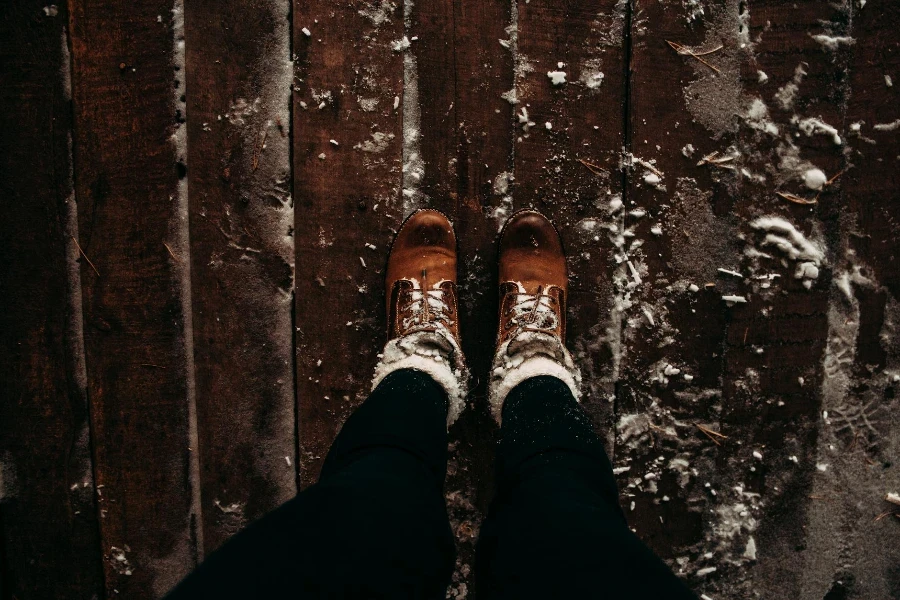
Snow shoes are specialized footwear designed for walking over snow. They work by distributing a person’s weight over a larger area, preventing the wearer from sinking too deeply into the snow, a concept known as “flotation.” Traditionally made from wood frames with leather lacings, modern snow shoes are typically constructed from lightweight metal, plastic, and synthetic fabrics. This evolution in design has improved their durability, comfort, and performance in a variety of snow conditions.
The anatomy of snow shoes includes the frame, decking, bindings, and crampons. The frame shapes can vary, affecting maneuverability and flotation. Decking, made of durable, lightweight materials such as synthetic fabrics or plastics, attaches to the frame, providing the surface area for flotation. Bindings secure the shoe to the foot, while crampons and other traction devices on the underside aid in grip on icy or packed snow.
Understanding these components is crucial for selecting the right snow shoes for your needs. Whether you’re navigating deep powder snow or icy trails, the right pair can make your winter explorations safer and more enjoyable.
The popularity of snow shoes
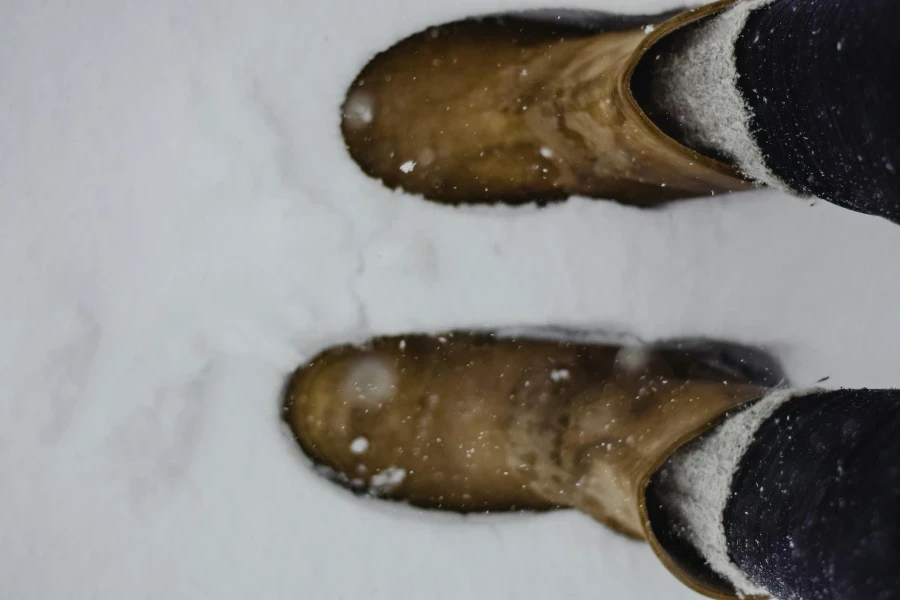
Snow shoes have seen a surge in popularity as more people discover the joys of winter hiking and backcountry exploration. This increase in interest can be attributed to several factors, including the desire for outdoor activities that are accessible and provide a good workout. Snowshoeing is an excellent cardiovascular exercise that can burn more calories than walking or running at the same pace on solid ground, appealing to those looking to maintain fitness during the winter.
Another factor contributing to their popularity is the minimal learning curve. Unlike skiing or snowboarding, snowshoeing is as intuitive as walking, making it an accessible winter sport for all ages and skill levels. This ease of entry, combined with the relatively low cost of equipment compared to other winter sports, has made snowshoeing a favorite among families and outdoor enthusiasts alike.
Furthermore, the development of lighter, more durable materials has led to a wider variety of snow shoes available on the market, catering to different activities such as racing, backcountry exploration, and casual hiking. This diversification has broadened their appeal, drawing in a diverse group of users from competitive athletes to casual hikers looking for a serene way to enjoy nature in the winter.
Are snow shoes good
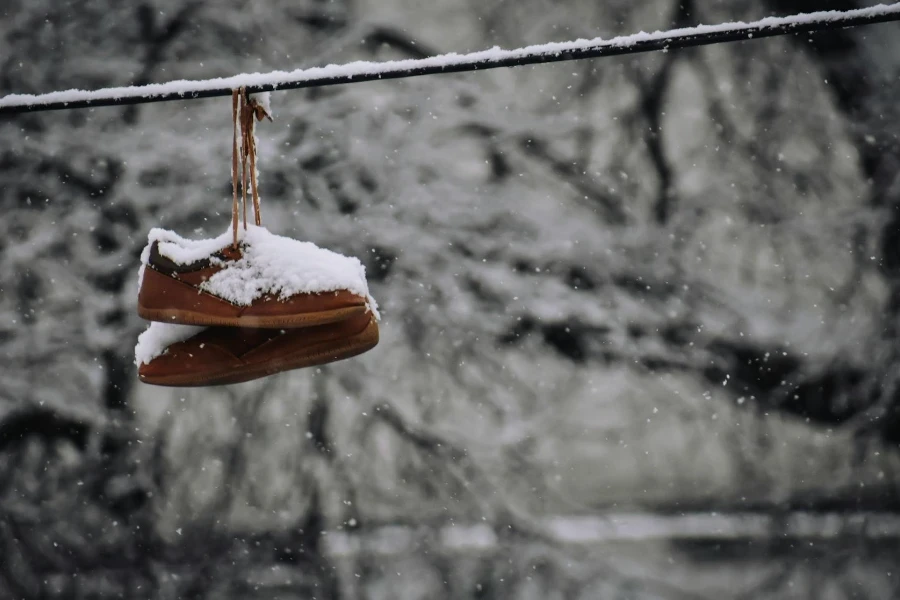
Snow shoes are an excellent investment for anyone who enjoys winter activities and wants to explore snowy landscapes. They enable adventurers to access areas that would otherwise be impassable due to deep snow, opening up vast expanses of wilderness for exploration and enjoyment. The benefits of snowshoeing extend beyond accessibility, offering a full-body workout that improves balance, strength, and cardiovascular health.
Moreover, snowshoeing is a low-impact activity, making it a suitable exercise option for those with joint issues or injuries. The wide distribution of weight across the snow surface minimizes the impact on knees and ankles, allowing for longer distances to be covered without the discomfort that might come from other winter sports.
Additionally, the mental health benefits of spending time outdoors, particularly in the tranquility of a snow-covered landscape, cannot be overstated. Snowshoeing provides a peaceful escape from the hustle and bustle of daily life, offering a chance to reconnect with nature and reduce stress levels. The combination of physical exercise and the calming effects of nature makes snowshoeing not just good, but excellent for overall well-being.
How to choose snow shoes
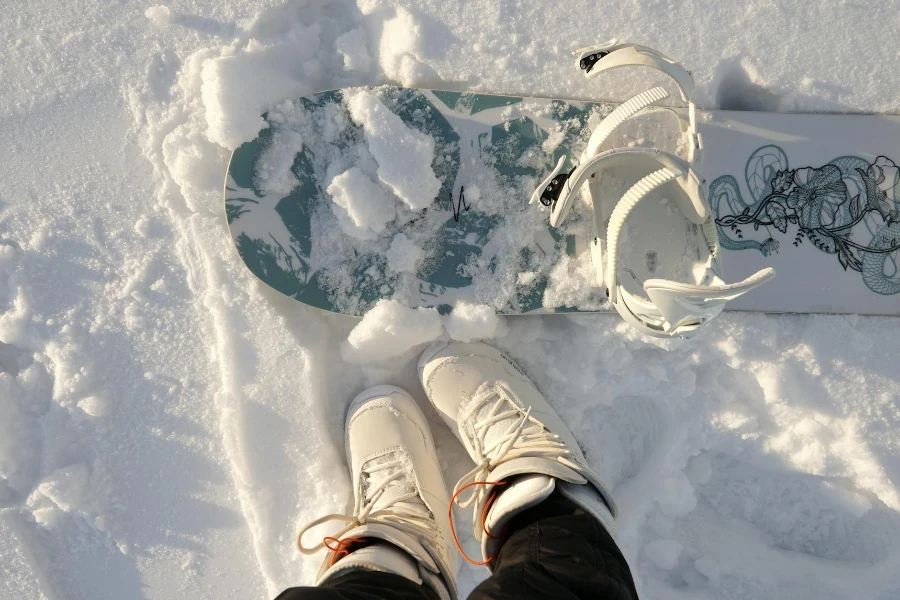
Choosing the right snow shoes is essential for a comfortable and safe outdoor adventure. The key factors to consider include the type of terrain you’ll be exploring, your weight, and the snow conditions you expect to encounter. For deep powder snow, look for snow shoes with a larger surface area to provide better flotation. If you’ll be traversing icy or packed snow, opt for a pair with aggressive crampons for enhanced traction.
The weight of the user, including any gear or backpacks that will be carried, also plays a significant role in selecting the appropriate size. Most snow shoes are rated for specific weight ranges, so ensure the pair you choose can support your total weight to maintain proper flotation.
Lastly, consider the binding system. Bindings should be easy to adjust and secure firmly to your boots, providing a snug fit without causing discomfort. Look for models with bindings that can be manipulated with gloves on, as this will make adjustments easier in cold conditions.
How to use snow shoes
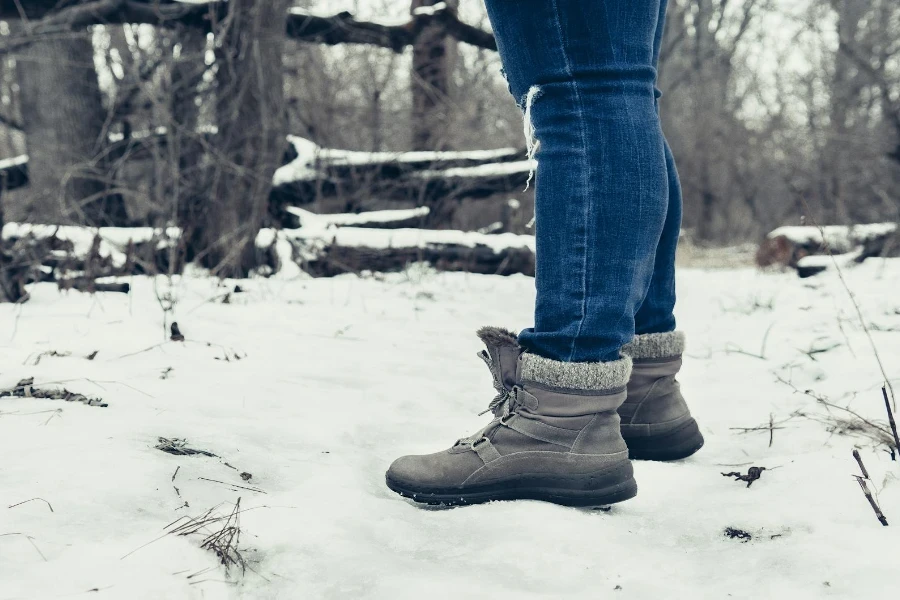
Using snow shoes effectively requires some basic technique and practice. Start by practicing walking on flat terrain to get accustomed to the wider stance necessary to avoid stepping on the frames. When ascending slopes, use the toe crampons to dig into the snow for better traction, and engage the heel lift, if available, to reduce calf strain. For descending, lean back slightly and plant your heels to engage the crampons for stability.
Turning in snow shoes involves either a wide turn, where you walk in a wide arc, or a kick turn for tighter spaces, lifting one foot high and placing it down in the new direction before bringing the other foot around. With practice, these maneuvers will become more intuitive.
Remember to dress in layers and stay hydrated, as snowshoeing is an aerobic activity that can generate significant body heat even in cold temperatures. Being prepared with the right clothing and equipment will ensure your snowshoeing experience is enjoyable and safe.
Conclusion
Snow shoes are a versatile and accessible tool for winter exploration, offering a unique blend of exercise, adventure, and connection with nature. Whether you’re a seasoned outdoor enthusiast or a beginner looking to try something new, understanding the basics of snow shoes—from choosing the right pair to mastering the technique—will enhance your winter experiences. Embrace the snowy season with a pair of snow shoes, and discover the beauty and tranquility of the winter landscape like never before.




